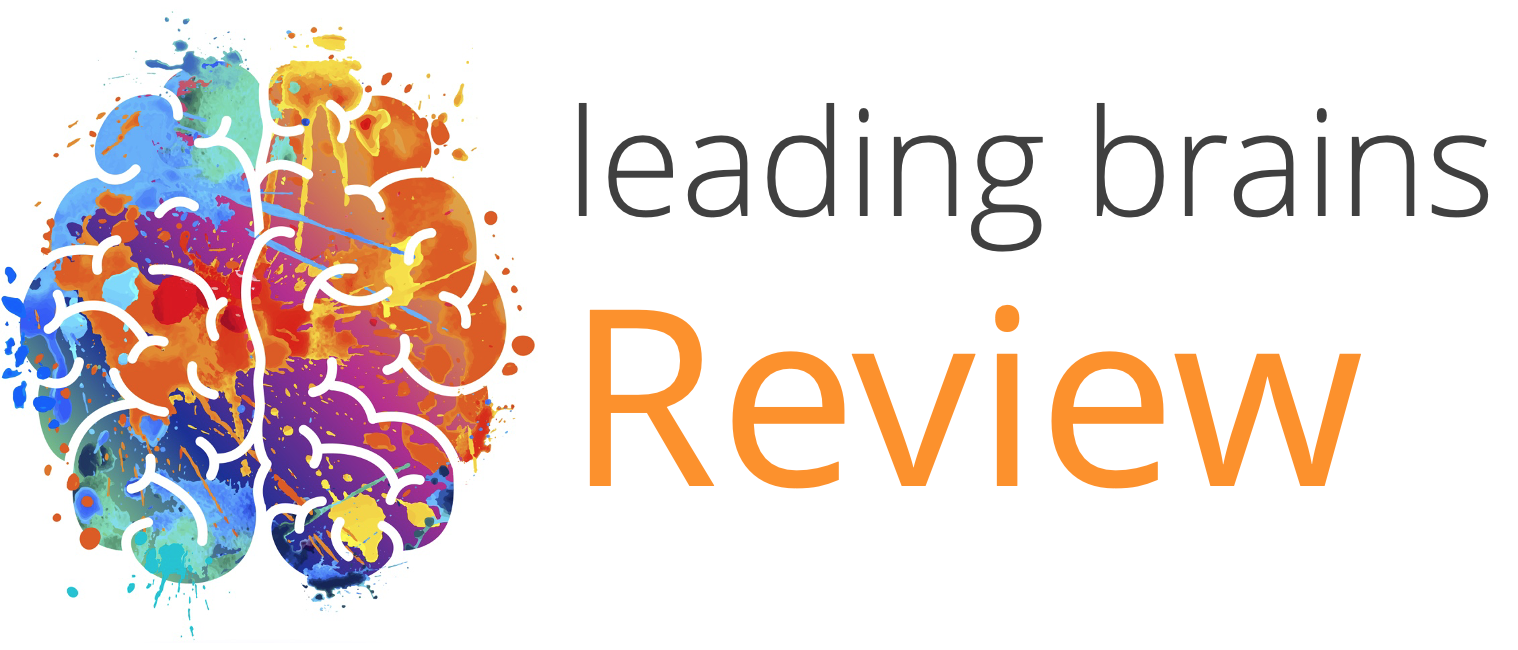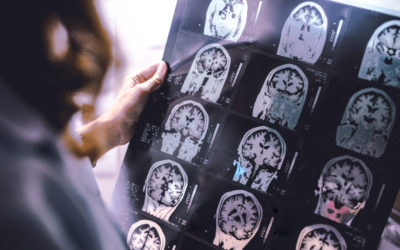Quick Hits
Daily brief research updates from the cognitive sciences

Our brain are blobs of real organic material, but we also know real material at the very small level enters into the quantum world where very strange rules apply to baffle all but the smartest scientists, and even some of the smartest scientists (such as Einstein).
There are also multiple open questions in science such as the experience of consciousness and how our brains can still outperform supercomputers in certain circumstances and conditions. That our brain uses quantum processes could explain this and has been proposed by many people before – but this is all speculation and theoretical musings. However, now we have the first glimpse of proof that our brains do indeed engage in quantum processes.
Christian Matthias Kerskens and David López Pérez of Trinity College Dublin conducted a clever experiment to try to measure what can’t be measured. I am at the limits of my knowledge, and it gets complex but let me have a go at explaining.
In trying to measure the quantum we are trying to measure the unmeasurable but there are ways to do this, for example entanglement is when particles become connected and behave in the same why despite no obvious connection and being distant in space and time. What Einstein called “spooky action at a distance”.
What Kerskens and Lopeze Perez did was to measure proton spins in brain water – a natural fluid that builds up in our brain. Using a special MRI technique they were then able to measure proton spins but also to look for entangled spins. They were then able to identify EEG signals in the spins. But this would normally not be able to be observed under these conditions unless, that is, there was entanglement.
This suggests that these protons are entangled and therefore showing EEG signals despite not receiving this input directly. This is one of the first cases of direct evidence for quantum processes in the brain and this would also explain why the brain can perform some of the things it can despite its limited size. It could also help explain some aspects of consciousness – but the topic of consciousness is hotly and fiercely debated so let’s not go there for now.
Further research is necessary, of course, but it is a first promising step to getting more concrete grip on our quantum brain.

Andy Habermacher
Andy is author of leading brains Review, Neuroleadership, and multiple other books. He has been intensively involved in writing and research into neuroleadership and is considered one of Europe’s leading experts. He is also a well-known public speaker, speaking on the brain and human behaviour.
Andy is also a masters athlete (middle distance running) and competes regularly at international competitions (and holds a few national records in his age category).
References
Christian Matthias Kerskens, David López Pérez.
Experimental indications of non-classical brain functions.
Journal of Physics Communications, 2022; 6 (10): 105001
DOI: 10.1088/2399-6528/ac94be
More Quick Hits
Your brain on near-death experiences
Near-death experiences have fascinated many people ever since they have been reported. And these experiences guide our view of how we die: the memories of your life passing in front of your eyes, the tunnel of light, the floating movement towards a bright light....
Social networks grow your brain
The headline is a bit “click baity” but it is what a group of researchers found. To be more specific they found in macaques (cute monkeys) in the wild that having more grooming partners grew different regions of the brain. Grooming is the primate version of having a...
What do creative brains look like?
We’d probably all be happy to be a bit more creative — though research into our own opinions show that many people do actually consider themselves to be above average in creativity. An obvious self-bias. This is where scientists who study creativity come in and find...
New gender biases discovered
There have been many studies on gender biases, and I have followed, written, and spoken about many of these biases over the years (over a decade actually) but two studies have just come out that caught my eye. One out of New York University focused on gender natural...
Growth of your brain over your life
So, we all know that our brain grows very quickly as babies and children and then after a certain age, younger than some of us may like to think, there begins a slow decline. But precisely what and how is the question. Well, this is a question that an international...
How to reduce loneliness
I have reported multiple times on loneliness during the pandemic – mostly because interest and research into loneliness has taken a large uptick. I have also reported on how to combat this and was happy to see that a piece of research just out proved what I had...






